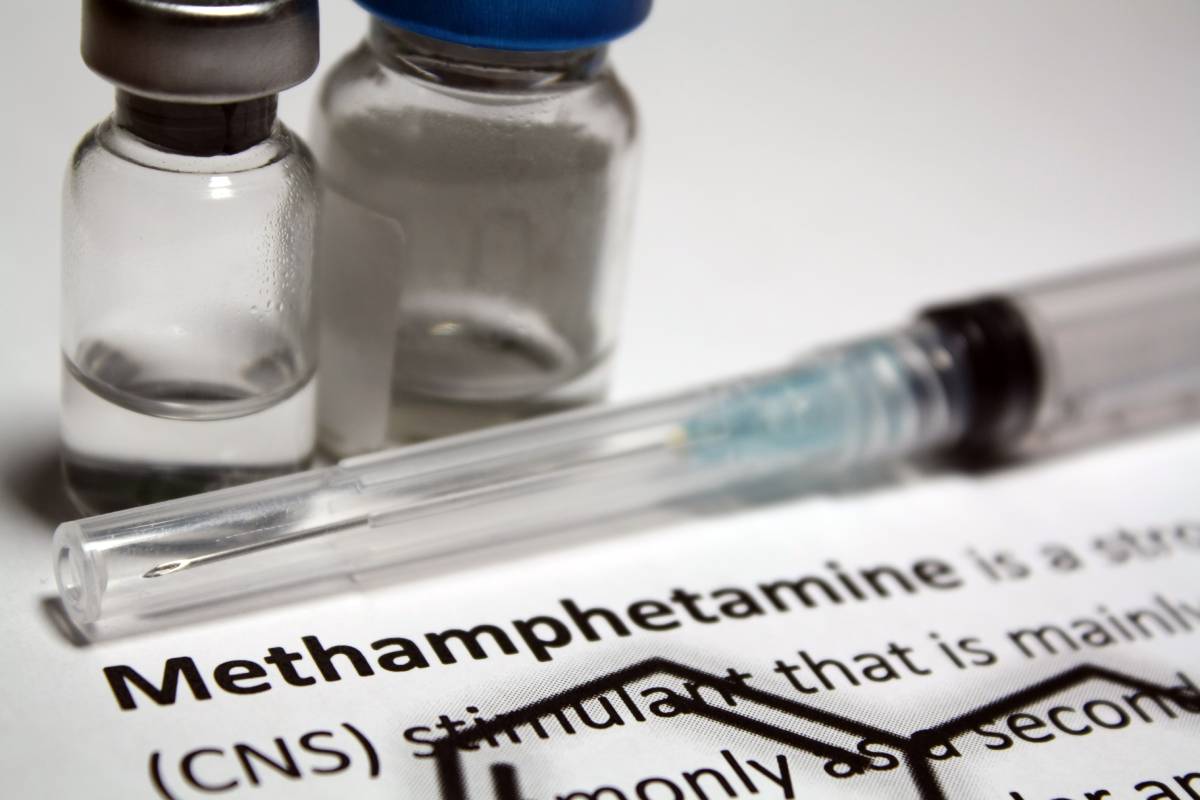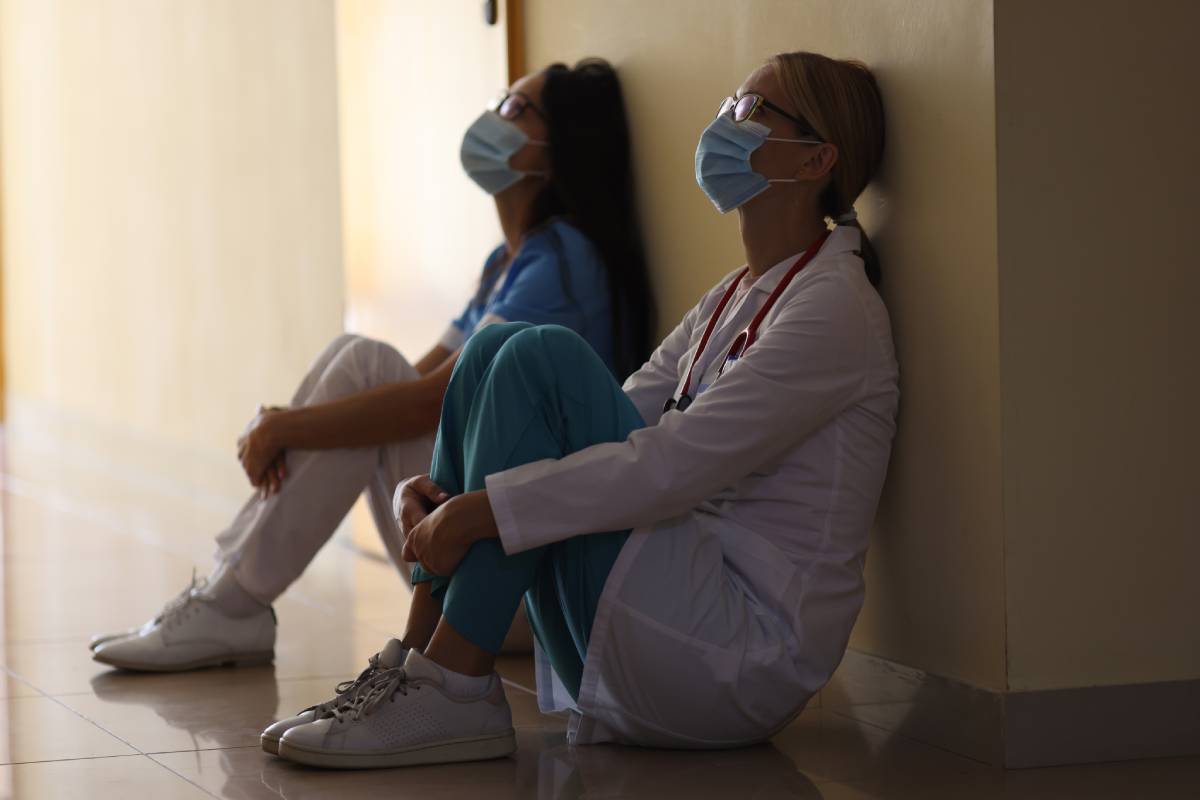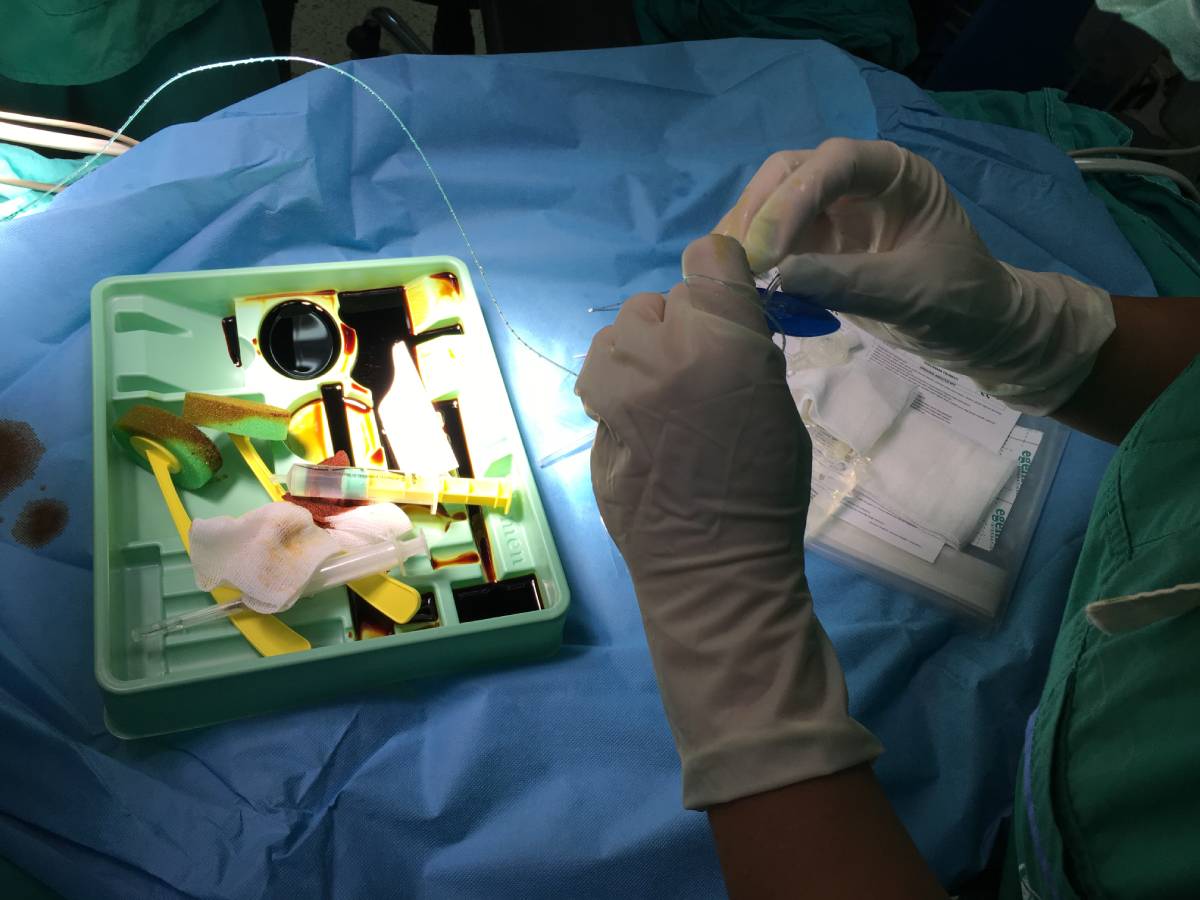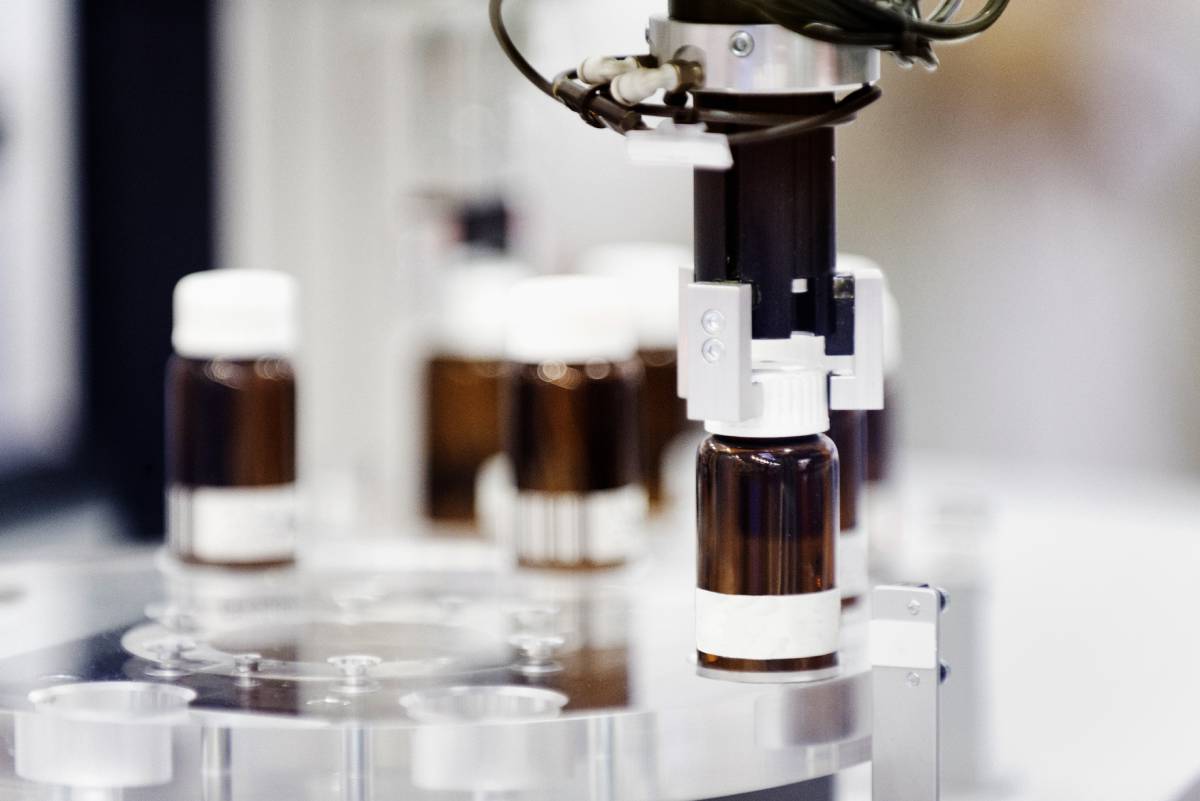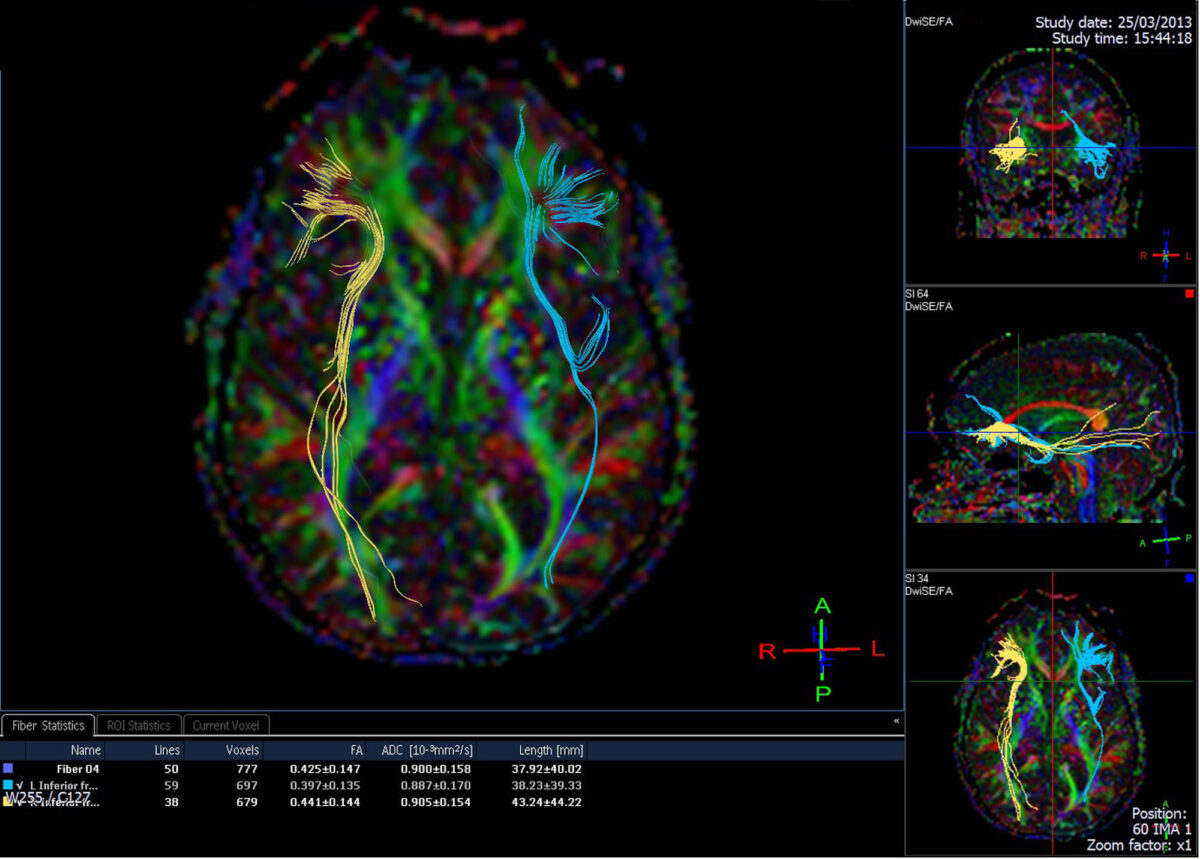The gender-based pay gap among physicians and other professionals is well-documented. Even after adjustments for experience, age, work hours, academic rank, and productivity, the difference in salaries for men and women physicians has persisted over time, and even widens over the course of a physician’s career (Rotenstein et al., 2019). Medscape’s 2020 Physician Compensation Report found that male full-time primary care and specialist doctors earned 25% and 31% more, respectively, than their female counterparts (Kane, 2020). Gender-based pay disparities also persist in academic medicine, where female medical school faculty “neither advance as rapidly nor are compensated as well” as professionally similar male colleagues (Ash et al., 2004). Very few studies have focused on the wage gap specifically among anesthesiologists, but a new study published in August in Anesthesia & Analgesia did just that and sought to examine whether a significant gender wage gap still existed for anesthesiologists in the United States. The study, funded by the American Society of Anesthesiologists (ASA), shows that a significant wage gap is associated with gender when it comes to the compensation of physician anesthesiologists, even after adjusting for potential confounders like age and geographic practice region (ASA, 2021).
In 2018, study authors surveyed 28,812 physician members of the ASA to evaluate the association between compensation and gender, and to identify potential causes for wage disparities (Hertzberg et al., 2021). The primary variable of interest in their model was gender, while compensation by gender was the primary outcome of interest. Compensation was defined as “the amount reported as direct compensation on a W-2, 1099, or K-1, plus all voluntary salary reductions,” and respondents could select a range in $50,000 increments or provide a point estimate of their compensation (Hertzberg et al., 2021). Researchers controlled for potential confounding variables, which are factors that might have an impact on the outcome of a study; for this study, race, number of dependent children or adults, hours worked, academic rank, and US census region were just a few of the variables that researchers controlled for. Researchers found that, on average, women anesthesiologists receive $32,617 less than their male counterparts in compensation each year (Hertzberg et al., 2021). In addition, women anesthesiologists are 56 percent less likely than male anesthesiologists to be paid at the highest salary range in the field. “Unfortunately, nothing has changed in terms of equalizing compensation for women anesthesiologists,” said Linda B. Hertzberg, M.D., the lead author of the study. “This study found that over a 30-year career, the gap could represent almost a million-dollar shortfall for women anesthesiologists. Bias, either explicit or implicit, persists and affects women’s compensation” (ASA, 2021).
Many physician-leaders have pushed for transparency around salary data, focused coaching, and equitable promotion to address the gender pay gap in medicine (Rotenstein et al., 2019). The study authors referenced the ASA’s 2019 “Statement on Compensation Equity Among Anesthesiologists” as a useful source for actionable items. Its recommendations include “identifying existing policies, procedures, leadership and culture that promote compensation equity” along with “[providing] implicit bias training for all who make compensation decisions,” among other practices (ASA, 2019). The ASA plans to repeat this gender compensation survey in five years to examine the effects of these recommendations, many of which are applicable across specialties and even outside of the medical field.
References
American Society of Anesthesiologists (ASA). (2019, October 23). Statement on Compensation Equity Among Anesthesiologists. American Society of Anesthesiologists. https://www.asahq.org/standards-and-guidelines/statement-on-compensation-equity-among-anesthesiologists.
American Society of Anesthesiologists (ASA). (2021, August 10). Women Anesthesiologists Less Likely to be at High End of Salary Range; Gender Pay Gap Continues, Reflects Reduced Pay of $32,600 Yearly. Newswise. https://www.newswise.com/articles/women-anesthesiologists-less-likely-to-be-at-high-end-of-salary-range-gender-pay-gap-continues-reflects-reduced-pay-of-32-600-yearly.
Ash, A., Carr, P., Goldstein, R., Friedman, R. & (2004). Compensation and Advancement of Women in Academic Medicine: Is There Equity?. Annals of Internal Medicine, 141 (3), 205-212. Hertzberg, L. B., Miller, T.R., Byerly, S., Rebello, E., Flood, P., Malinzak, E.B., Doyle, C.A., Pease, S., Rock-Klotz, J.A., Kraus, M.B., Pai, S. (2021, August 6). Gender Differences in Compensation in Anesthesiology in the United States: Results of a National Survey of Anesthesiologists. Anesthesia & Analgesia. DOI:10.1213/ANE.0000000000005676.
Kane, L. (2020, May 14). Medscape Physician Compensation Report 2020. Medscape. https://www.medscape.com/slideshow/2020-compensation-overview-6012684#13.
Newitt, P. (2021, August 11). Women anesthesiologists receive $32,617 less than men annually, study says. Becker’s ASC Review. https://www.beckersasc.com/anesthesia/women-anesthesiologists-receive-32-617-less-than-men-annually-study-says.html.
Rotenstein, L.S., Dudley, J. (2019, November 4). How to Close the Gender Pay Gap in U.S. Medicine. Harvard Business Review. https://hbr.org/2019/11/how-to-close-the-gender-pay-gap-in-u-s-medicine.

